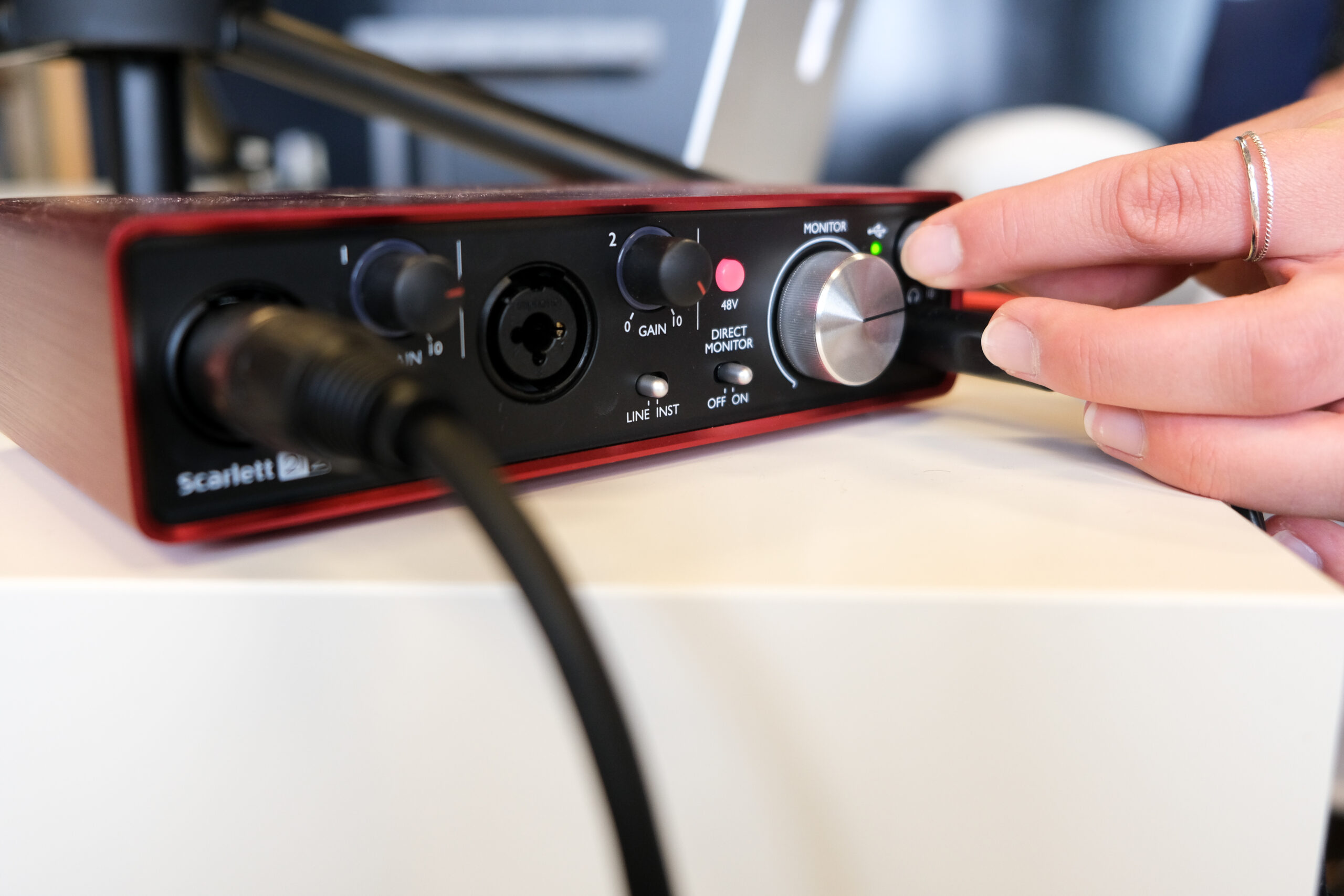Effective sales training relies on more than just checking a box – it’s about empowering the right behaviors to impact sales results.
When it comes to measuring the success of training programs, however, many teams have historically fallen back on activity-based metrics to demonstrate the work they completed. While these metrics such as number of training sessions delivered and percentage of completed sessions can be useful to track output, they alone are not enough to prove impact on strategic goals.
“In a successful [training] program, I want to be able to see measurable impact on the business,” said Giorgia Ortiz, director of global sales enablement at Lever. “At the end of the day, the number of people that have been through an e-learning or the number of people that have sat through different webinars or trainings, those are important statistics to have, but they don’t mean anything if I can’t correlate those activities to real measurable business impact.”
Showing exactly how training improves rep performance and contributes to the organization’s revenue goals encourages reps to dedicate the necessary time and effort to their learning, and also secures buy-in and engagement from sales leaders and frontline managers.
Here are four straightforward metrics that enablement can leverage in order to measure the impact of sales training programs.
Sustained Competency Improvement
Competency improvement reveals not only how reps are digesting and retaining knowledge throughout training, but also how they are applying those concepts through their behavior. Understanding how training targets and develops specific competencies has a demonstrable impact on rep performance.
According to The Sales Enablement Analytics Report 2020-2021, organizations that measure competency improvement as a training metric notice an average rep quota attainment that is 6 percentage points higher than those that do not. To incorporate competency improvement as a regularly tracked sales training metric, evaluate rep competency levels and progress both before and after training to assess whether the training program resulted in the right behavioral outcomes. Consider tracking training’s impact on competency by utilizing the following metrics:
- Number of certified sellers applying behavior
- Improvement in competencies around operational selling, selling process adherence, and other hard or soft skills
- Scope and complexity of competency improvement
- Number of skills improved
- New skills obtained
“[Competency improvement] helps us to support adoption and process adoption on new things that we’re launching to the field,” said Devon McDermott, VP of global enablement at CM Group. “But it also helps to develop reps’ skills…It’s an incredibly meaningful program to help our reps truly excel and feel that they’re being supported and developed in everything that they do.”
Increase in Sales Productivity
Having a sales team staffed with reps who are simultaneously highly effective at engaging with buyers and efficient in optimizing these engagements is every sales leader’s dream. Fortunately, research shows that ongoing training helps reps become more efficient and effective in less time. To prove how training leads to improved productivity, enablement can use metrics related to rep efficiency and effectiveness both before and after training, such as:
- Quantity of high-quality leads
- Time spent on selling activities
- Lead conversion rate
- Opportunities conversion/velocity rate
- Average length of sales cycle
“We see how fast [reps] get to productive capacity and hopefully that time gets shorter as we improve,” said Mike Rioux, director of sales enablement at MongoDB. “Then there’s also, ‘Hey, you just took this training. Let’s go and look one, two, or three months later at the cohort level.’ We expose through dashboards, rep-by-rep, opportunity-by-opportunity, how these opportunities are progressing or how much pipeline a rep will have.”
Similarly, while activity-based metrics for training are not alone indicative of success, they can be useful to track in tandem with productivity metrics to help gauge how time spent in training programs translates to rep efficiency and effectiveness. For example, analyze how much time reps are spending in training versus time spent selling, and how that time correlates to performance. This can not only help identify whether training is producing the desired productivity improvements but also help enablement practitioners refine training activities accordingly.
Consistent Rep Performance
When reps are able to consistently perform and meet the goals set for them, revenue generation becomes more predictable and repeatable. Quota attainment is one of the primary ways that reps can demonstrate consistency, and therefore is a critical metric for practitioners to pay attention to as it relates to training.
Achieving an improvement in sales quota attainment can demonstrate that sales training is not just about facilitating more training sessions, but instead is focused on bridging reps’ skills gaps to result in more deals won. In fact, the Sales Enablement Analytics Report 2020-2021 found that organizations that measure behavior change in training have an average rep quota attainment that is 7 percentage points higher than those that do not.
If practitioners can increase the number of reps that hit sales quota, it will have a massive impact on revenue, not to mention buy-in across the sales organization for training initiatives. To target this in training, first identify the core behaviors demonstrated by high performers who consistently achieve quota, and design programs aimed at improving these. Then, track how each rep’s quota attainment changes from before the training program to after at regular increments.
Feedback From Reps on Learning Activities
Combining key quantitative metrics with feedback sourced directly from reps can help practitioners gain perspective regarding what works and what could be improved in future training programs. Allowing reps to candidly discuss what they still need support on and their ability to adequately apply their training in buyer interactions is a key component of the training process. Consider using the following strategies to create feedback loops for reps to provide their personal insights regarding the training process:
- Hosting Office Hours: By hosting office hours, sales enablement can create structured time for reps to answer any burning questions about training processes. As a result, enablement can develop organic conversations and gain a deeper base of knowledge about what reps want improved in training.
- Facilitating Interviews and Surveys: Ask reps to self-evaluate with questions such as what skills they developed and how they have applied their training, the quality of training content, and how satisfied they were with the overall training. Keep questions clear and concise to avoid vagueness and ambiguity, which will aid in increasing response rates.
“We survey them throughout the training,” said Rioux. “Was this effective? What did you want to see? What was there that you love? What was there that you didn’t love? We’ll ask them months after, ‘Hey, you remember that training we had, do you still use the knowledge you’ve learned there?’ Sometimes we’ll get, ‘Yeah. I still to this day check my notes from that training. It helped me with this deal, that deal.’”
- Sourcing Peer Training Volunteers: Measure training effectiveness by asking reps that have completed the training to volunteer to assist with training a new cohort of reps. This not only instills confidence in their ability to apply the training, but it can also uncover areas where reps might need more support to refine skills.
“Are they confident to be a part of that training process with me and train the newer reps?” said Jake Spear, senior sales manager, SMB at RingDNA. “Because those who are not only confident to [apply the training] but can start training them in the way that I would be training the reps and lend a hand that way, that shows me that our training really sunk in.”
By framing sales training performance in terms of the impacts on reps’ ability to consistently excel in sales proficiency and performance, sales enablement helps sales leaders clearly understand why investing in training is important, and why it deserves the sales organization’s time, attention, and effort. To demonstrate the impact of sales training, focus on the contribution to increasing competency improvement, sales productivity, and consistent rep performance, in addition to anecdotal evidence and feedback.
By showing how training contributes to business performance, sales enablement makes a stronger case for reps to prioritize their learning, and helps to secure support at the executive level.









